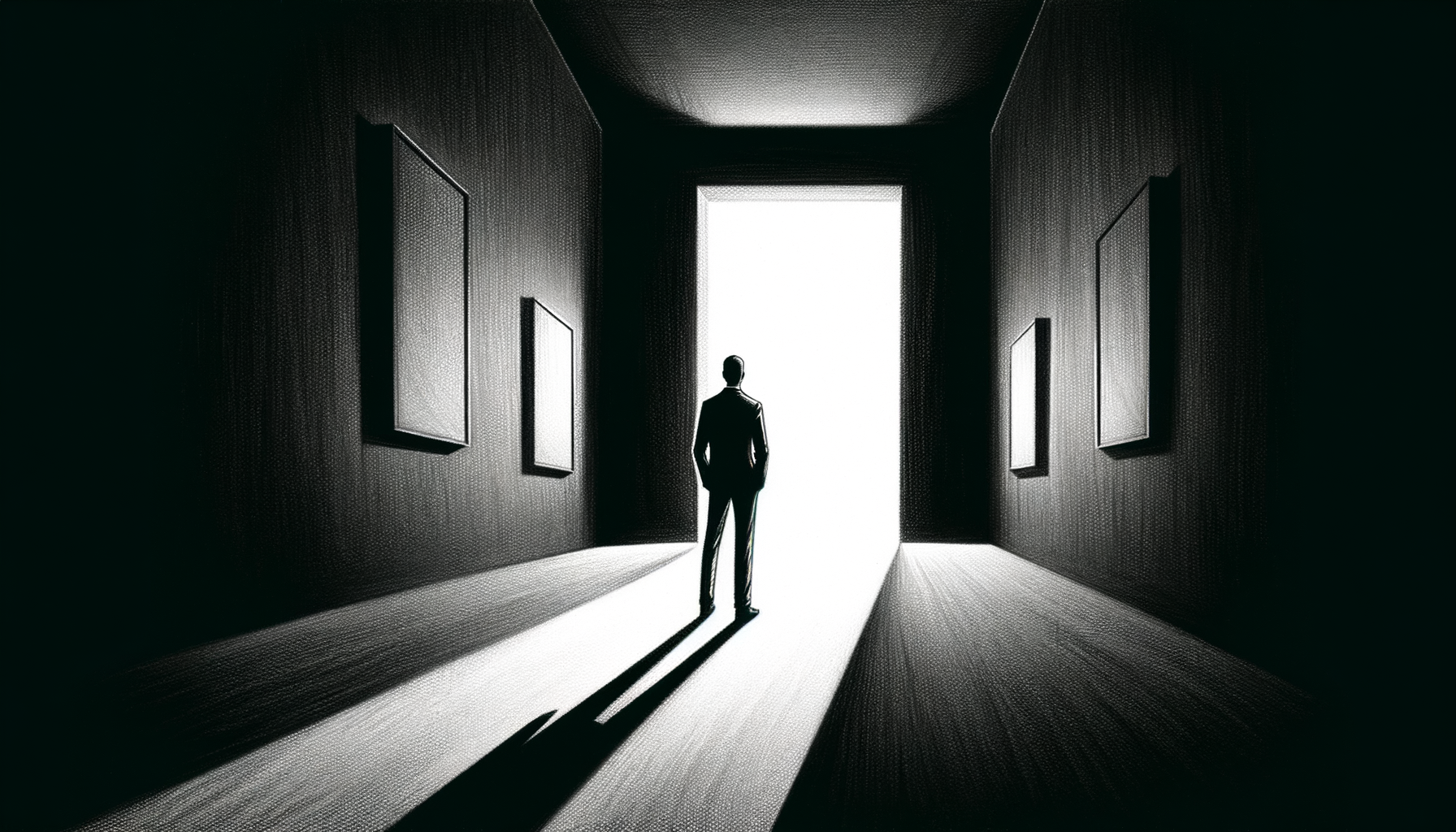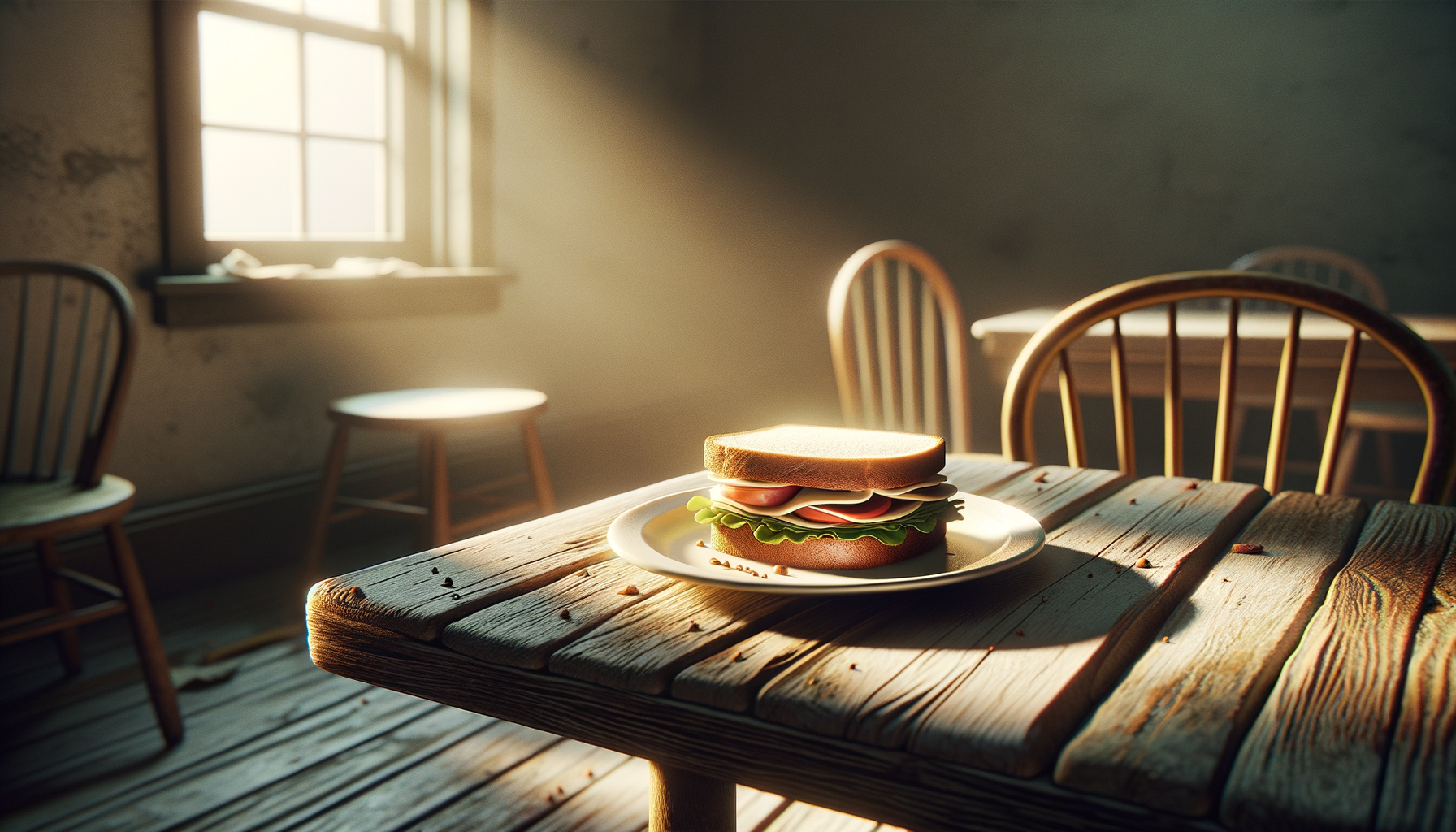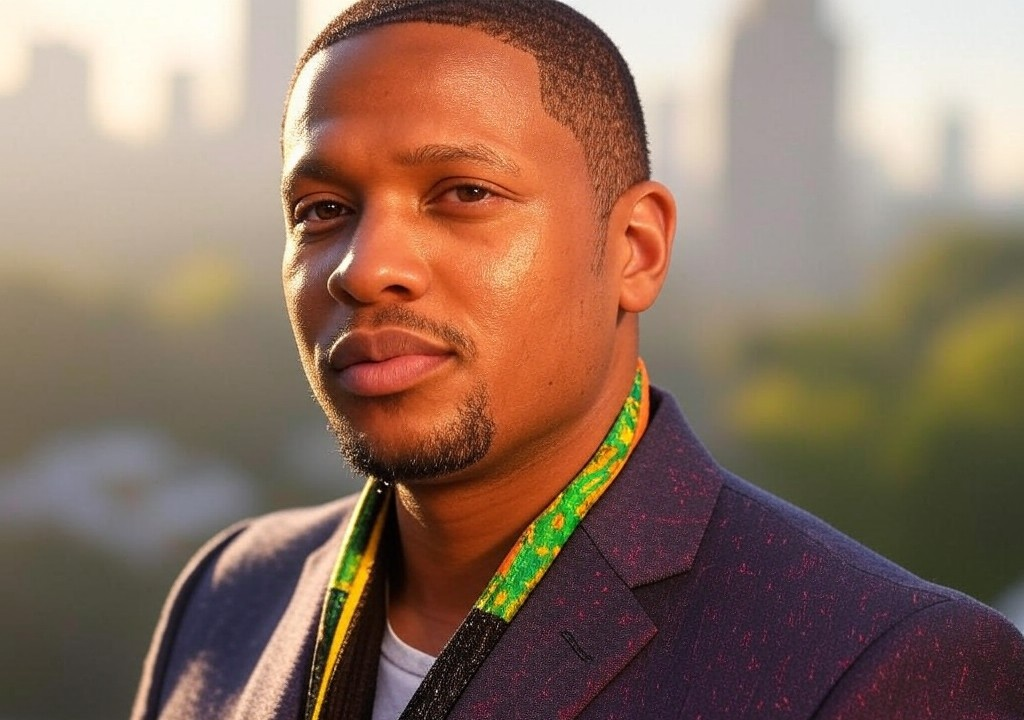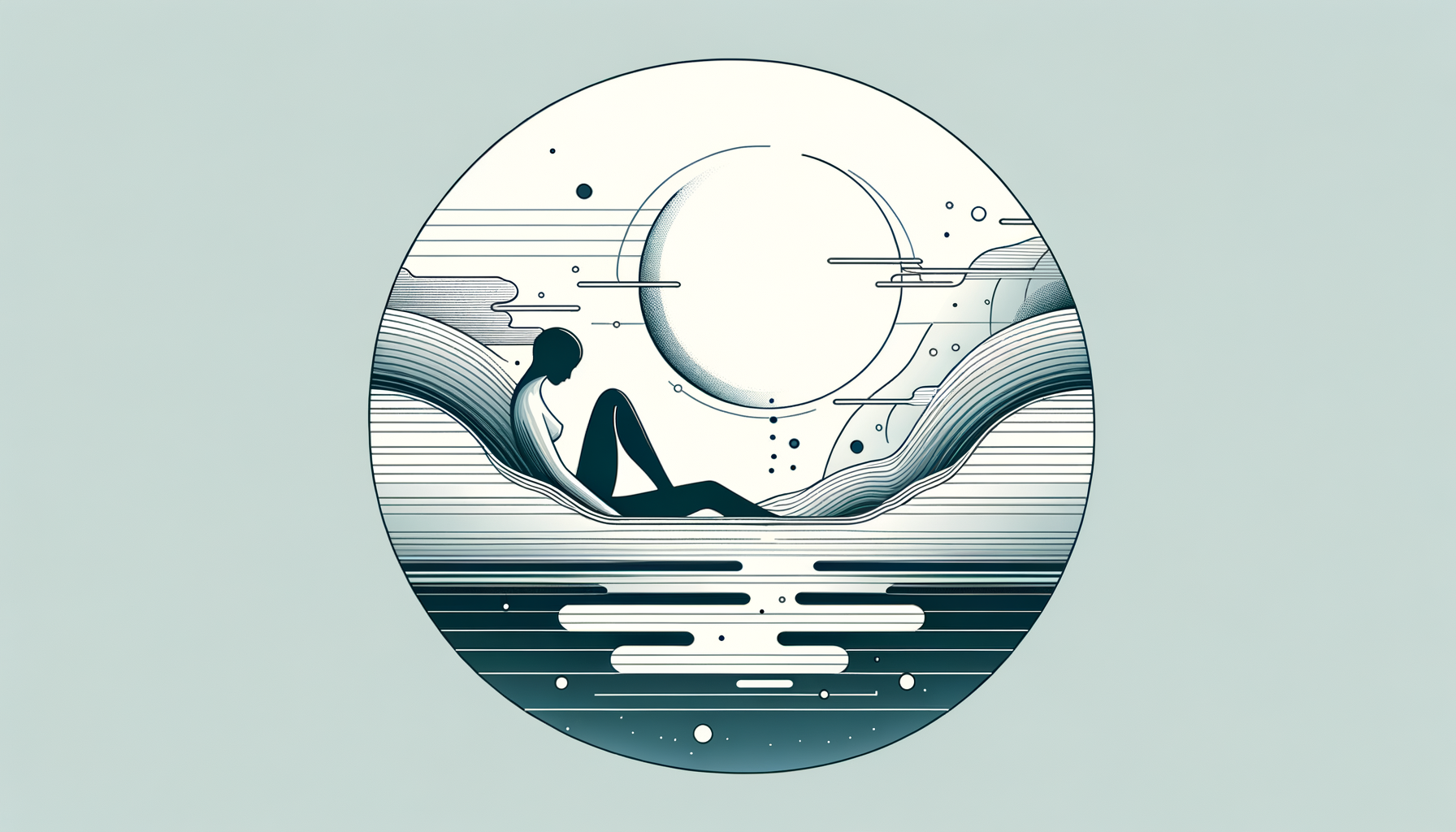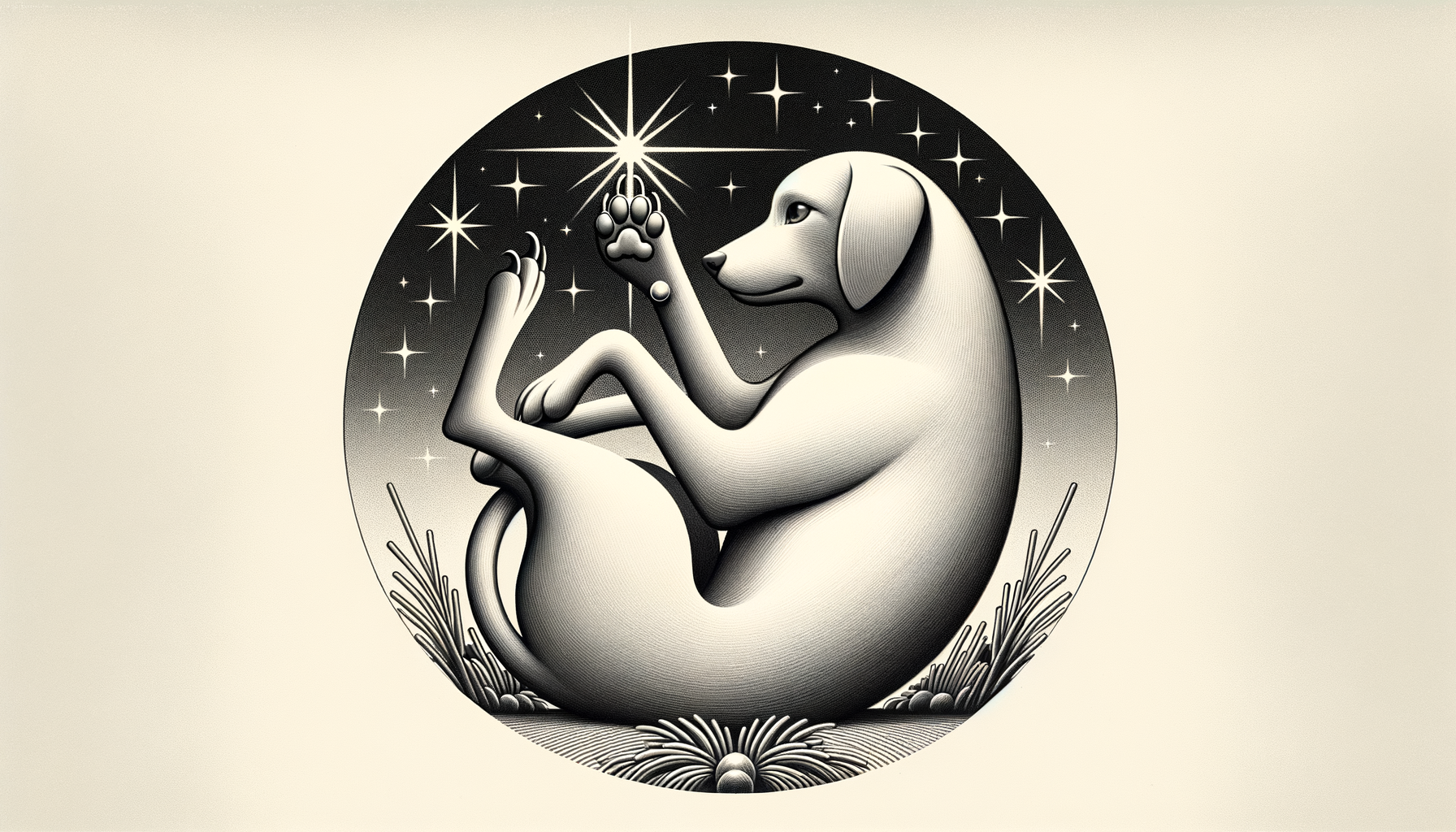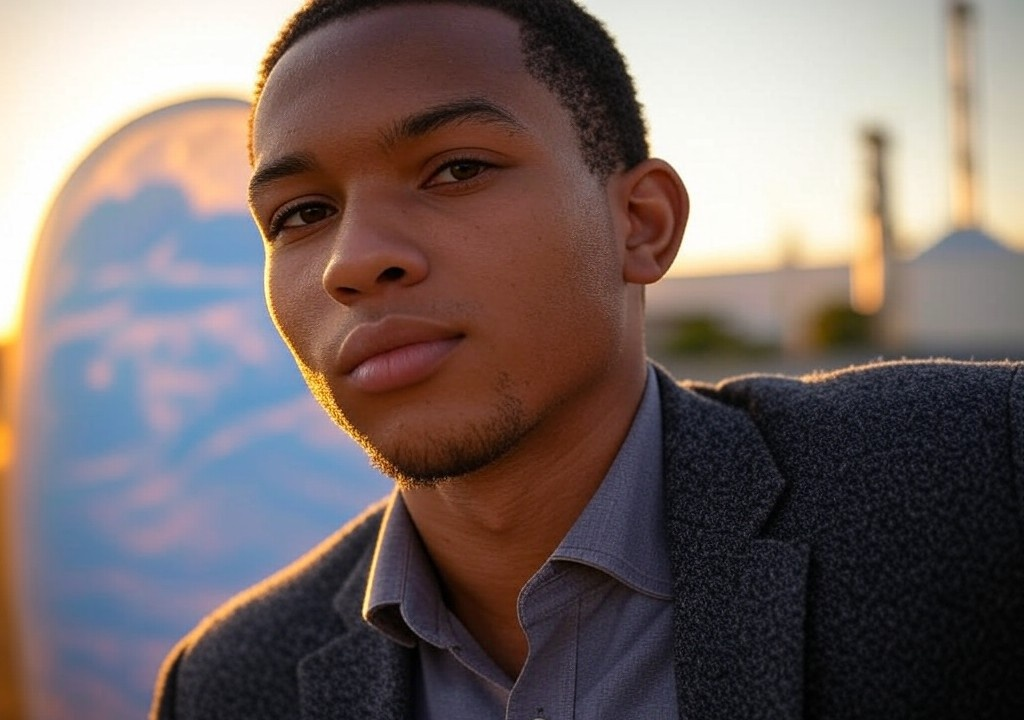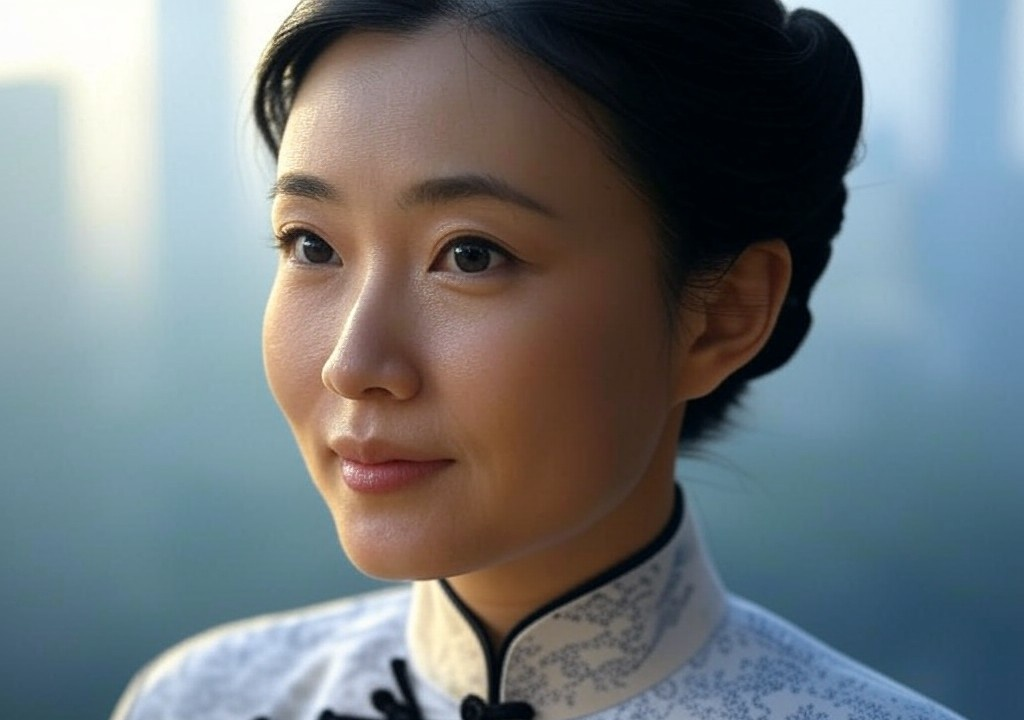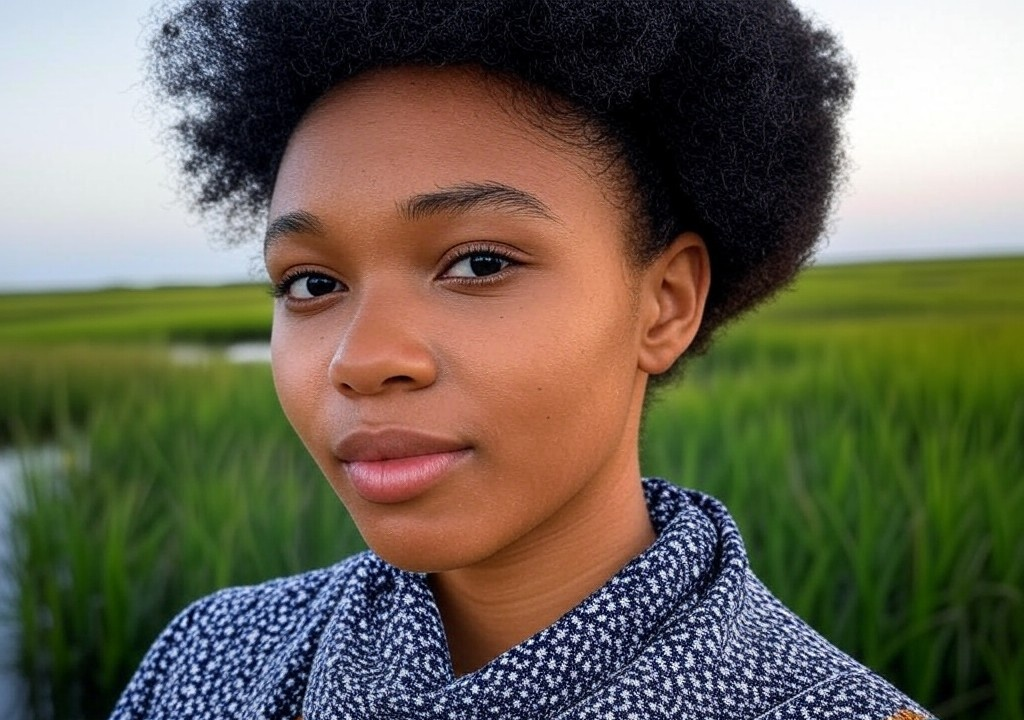I met him on an overcast afternoon at The Whitney, somewhere amidst the abstract grid of Agnes Martin paintings. He was wearing a classic trench coat, the kind that makes you wonder if he’s hiding a manuscript from the next great American novelist underneath. I was standing alone, lost in thought, doing that thing I tend to do in museums: trying to make sense of art that doesn’t want to be understood.
“Calming, isn’t it?” he said, nodding towards the paintings. His voice was gravelly, like an old jazz record, and utterly surprising. Most strangers in New York are far too consumed by their own neuroses to talk to you without provocation, let alone wax poetic about muted canvases. I was intrigued.
And, as it turned out, unprepared.
By the time we parted twenty minutes later, this mysterious stranger had left me with a lesson that would stick with me more firmly than most of my Oxford lectures. To be clear, this wasn’t a sudden burst of romantic chemistry (sorry, dear reader—I don’t have a Meg Ryan–style meet-cute for you today). No, this was something rarer: a genuine moment of connection with a person I’d never see again. It was a reminder, in the midst of museum-selected serenity, to embrace the unfamiliar and disarm my own expectations.
Let me explain.
The Seduction of Predictable Encounters
If you’re anything like me—an overthinker raised in a world where every detail is curated—you’ve probably come to see subtle predictability as a safety net. I used to live by the rulebook of “preparation breeds control.” My life had structure: meticulously curated gallery exhibitions, dinner reservations booked weeks in advance, and relationships that were built (or so I thought) on stable, vetted foundations.
This stranger at The Whitney disrupted all that in the gentlest of ways. Our conversation started innocently enough. “What draws you to work like this?” he asked, gesturing towards the pale, minimalist grids in front of us. His question forced me to articulate something I hadn’t consciously thought about.
“It’s the restraint,” I said after a pause. “There’s something powerful about refusing to fill a canvas—to leave it quiet amidst all the noise.”
“That’s funny,” he replied with a rye smile. “I’m drawn to it for exactly the opposite reason. Chaos feels easier to navigate. Restraint… now that terrifies me.”
I almost laughed. No one had ever challenged my interpretation of restraint like that before. My exes might humor me with murmurs of agreement while scrolling their phones under the table, but here was someone—a stranger—pulling me out of my curated bubble.
What That Random Stranger Actually Taught Me
Our brief encounter highlighted something critical, something I hadn’t realized I’d been doing in the arena of relationships: I was living in my comfort zone, seeking partners who mirrored my perspective instead of challenging it. Like the familiar paintings I return to at The Frick Museum, I’d always found comfort in sameness.
But in those twenty-odd minutes of conversation—talking about Agnes Martin, life philosophies, and the unnerving clarity of simplicity—I started to see the value in courting something different. Not recklessness, but exposure to a new lens, a new way of seeing the world.
Here’s what the stranger taught me that day:
-
True connection isn’t predictability—it’s curiosity. Trust me, I know—we gravitate toward what feels easy. Conversations where both parties nod in mutual agreement, relationships built on shared Spotify playlists and matching interior design aesthetics. But truthfully, the people who leave the strongest mark on us are often the ones who challenge that comfort—not maliciously, but with refreshing honesty. Seek people whose questions make you pause.
-
Surprise breathes humanity into routine. That afternoon at the Whitney reminded me that beauty lies in little surprises. When we schedule and micromanage our days (and, let’s face it, our relationships), we rob ourselves of the chance for those unexpected sparks. Sometimes, magic is found in someone stopping to ask, “What do you see in this?” rather than assuming they already know.
-
You don’t need 'forever' for something to matter. I’ll admit, as someone whose core friendships often span decades, I used to view fleeting encounters as… well, disposable. Yet here I am, years later, recounting a simple conversation that left a lasting mark. Relationships—and encounters—don’t need permanence to be meaningful. Sometimes a brief interaction can shift an entire paradigm.
From the Whitney Gallery to Real-World Relationships
Since that encounter, I’ve tried to carry this lesson forward. I started asking myself tougher questions: How much of my life (and love life) had been spent seeking sameness over difference? How often did I dismiss what I didn’t immediately understand?
And let me tell you—this lesson isn’t just for strangers at art museums. It applies to your friendships, your romantic partners, even the occasional blunt barista.
The mysterious man in the trench coat taught me that openness, even in small doses, can crack something open in you: curiosity, self-reflection, or perhaps an entirely new perspective.
Here’s how you can apply this:
- Let differing opinions be an opportunity, not a threat. If you’re someone who winces at disagreements (guilty as charged), try framing opposing views as interesting puzzles rather than personal affronts.
- Ask more questions. A lesson in humility—don’t assume you have all the answers.
- Be ready to walk away without closure. Not everything meaningful needs a tidy ending. Think of these encounters as vivid threads in the tapestry of your life.
Walking Home, Lighter
I never caught the stranger’s name, and I don’t need to. That wasn’t the point. Some people exist in your story as punctuation marks rather than full paragraphs—brief, abrupt, but telling.
As I left the gallery that day, rain beginning to drizzle over the edge of my umbrella, I felt… lighter. Somewhere between discussions about sparseness on canvas and the nuances of chaos, I’d loosened my grip on the idea that life (and love) required strict structure.
Sometimes, you need a stranger to unlock a part of yourself you’d neatly compartmentalized and buried. And other times, you simply need to step into the quiet chaos of the unknown to find your truest self waiting on the other side.
So, say yes to the stranger who asks you a question in a museum. Say yes to the slightly weird conversation about chaos versus control. Say yes to the messy beauty of fleeting moments, even when they don’t come with a defined purpose—or a defined ending.
Because, trust me, you’ll walk away with more than you ever expected.



